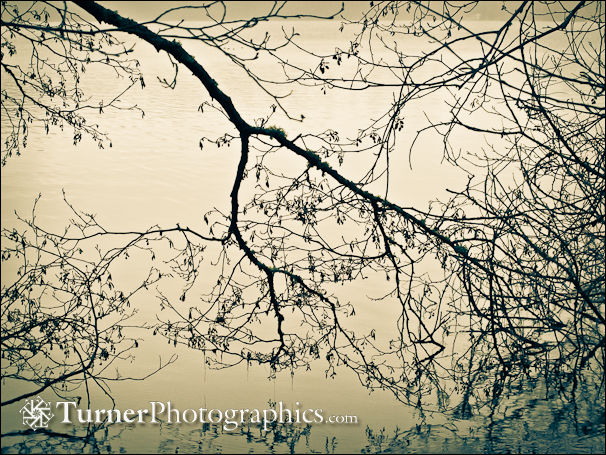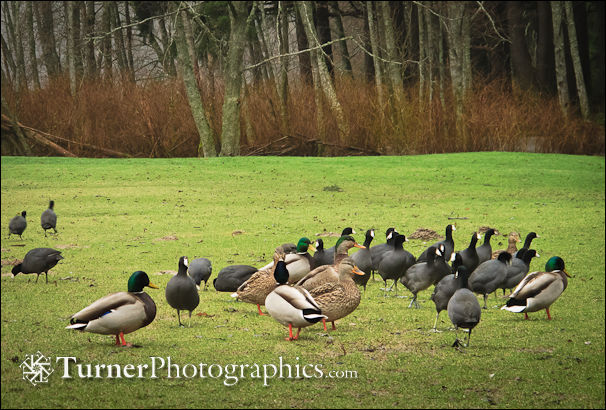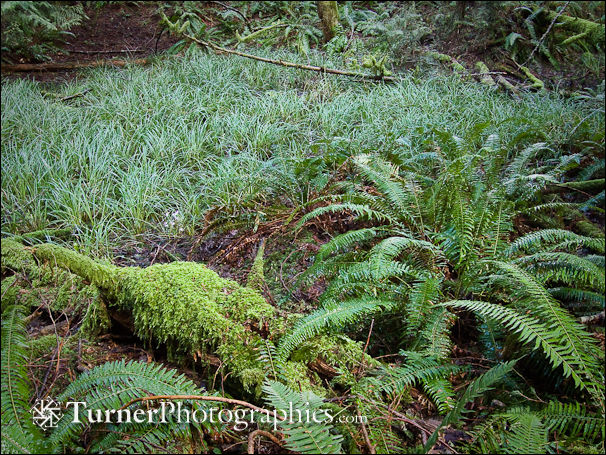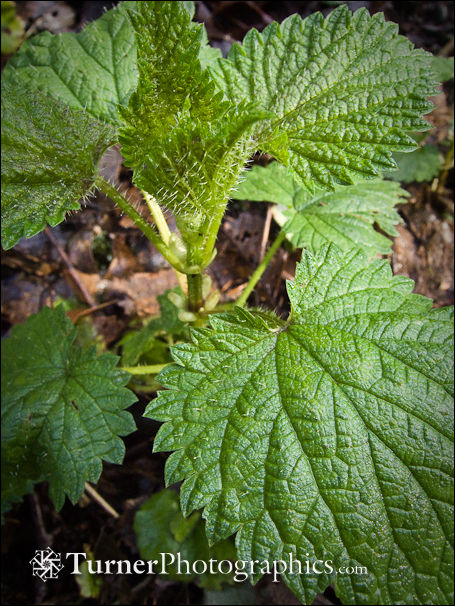 When you’re tiny and looking to get pollinated this early in the season you’ve gotta put on a show. At least that’s one way to look at this Common Filbert, Corylus avellana, blossom. All that feathery red stuff is part of the female flower. Dangling in the background are the long male catkins which soon will be releasing drifts of pollen to be carried across the void.
When you’re tiny and looking to get pollinated this early in the season you’ve gotta put on a show. At least that’s one way to look at this Common Filbert, Corylus avellana, blossom. All that feathery red stuff is part of the female flower. Dangling in the background are the long male catkins which soon will be releasing drifts of pollen to be carried across the void.
You can see other bits of red, more female blossoms, on other twigs here. That big fat bud at the base of the flower is actually the ovary. It’s going to turn into a tasty nut, fine food for a squirrel or human, later in the season.
Common Filbert is one of the first trees or shrubs to bloom around here. It’s actually an escapee from cultivation. Our native species, Beaked Hazelnut or Corylus cornuta, won’t start blooming until March. The two species look very much alike when they’re in flower. Actually, they’re hard to tell apart any time except when they’re in fruit. And then you have to beat the squirrels to them.
 Here are the male flowers on the same plant. Each dangling catkin has many individual blossoms. Last year’s foliage is still on some of the branches, weathered to a nice shade of brown.
Here are the male flowers on the same plant. Each dangling catkin has many individual blossoms. Last year’s foliage is still on some of the branches, weathered to a nice shade of brown.
These photos were made this morning along the Whatcom Creek Trail in downtown Bellingham between Grand and Dupont. The trail has lots of nice native trees and shrubs, mostly planted in a restoration project about ten years ago. I also noticed swelling buds on the Indian Plum, another plant that blooms very early. But it’s going to be at least another week and maybe two before its flowers start to open.
I walk this route frequently on my way to the Post Office or other downtown errands. Today I just headed out to clear my head, carrying my Canon G12 in my pocket. I shot in the cold fog with natural light and used macro mode and manual focus to get close and keep my subject sharp. The trick was to set the focus as close as possible and then move the camera back and forth until the blossoms were sharp. Like most pocket cameras, the macro mode works best when the zoom is at its widest setting. That means camera position is critical to keep distracting elements out of the background.
My photographer friend David Perry blogged about Tiny, magenta girl-flowers about a year ago. Check out his take on sexy Corylus.

Oregon-grape is another shrub that can start blooming very early, although not all specimens are as early as this one along the same trail. In our back yard it will be at least a month before the Oregon-grape begins to blossom.
What have you seen blooming? My friend Janet Loughrey posted a series from Portland yesterday on her Facebook that included Crocus naturalized in a lawn. Some of my native plant society colleagues down in Oregon have been reporting first blooms of Grass Widows and Salt-and-Pepper Lomatium in the Columbia Gorge.






 When you’re tiny and looking to get pollinated this early in the season you’ve gotta put on a show. At least that’s one way to look at this Common Filbert, Corylus avellana, blossom. All that feathery red stuff is part of the female flower. Dangling in the background are the long male catkins which soon will be releasing drifts of pollen to be carried across the void.
When you’re tiny and looking to get pollinated this early in the season you’ve gotta put on a show. At least that’s one way to look at this Common Filbert, Corylus avellana, blossom. All that feathery red stuff is part of the female flower. Dangling in the background are the long male catkins which soon will be releasing drifts of pollen to be carried across the void. Here are the male flowers on the same plant. Each dangling catkin has many individual blossoms. Last year’s foliage is still on some of the branches, weathered to a nice shade of brown.
Here are the male flowers on the same plant. Each dangling catkin has many individual blossoms. Last year’s foliage is still on some of the branches, weathered to a nice shade of brown.



 Loot bag? Check.
Loot bag? Check.
 One plant that had started to grow is Stinging Nettle, Urtica dioica. When they get just a little bigger it will be time to harvest some (but not from the Stimpson Preserve) and cook them up for a tasty spring vegetable. Some folks say you can eat them raw if you curl the leaves just right to avoid the little spines that inject a chemical soup that gives the plant its name, but I’ve never been successful at it. For details on the chemicals in nettle sting see
One plant that had started to grow is Stinging Nettle, Urtica dioica. When they get just a little bigger it will be time to harvest some (but not from the Stimpson Preserve) and cook them up for a tasty spring vegetable. Some folks say you can eat them raw if you curl the leaves just right to avoid the little spines that inject a chemical soup that gives the plant its name, but I’ve never been successful at it. For details on the chemicals in nettle sting see 